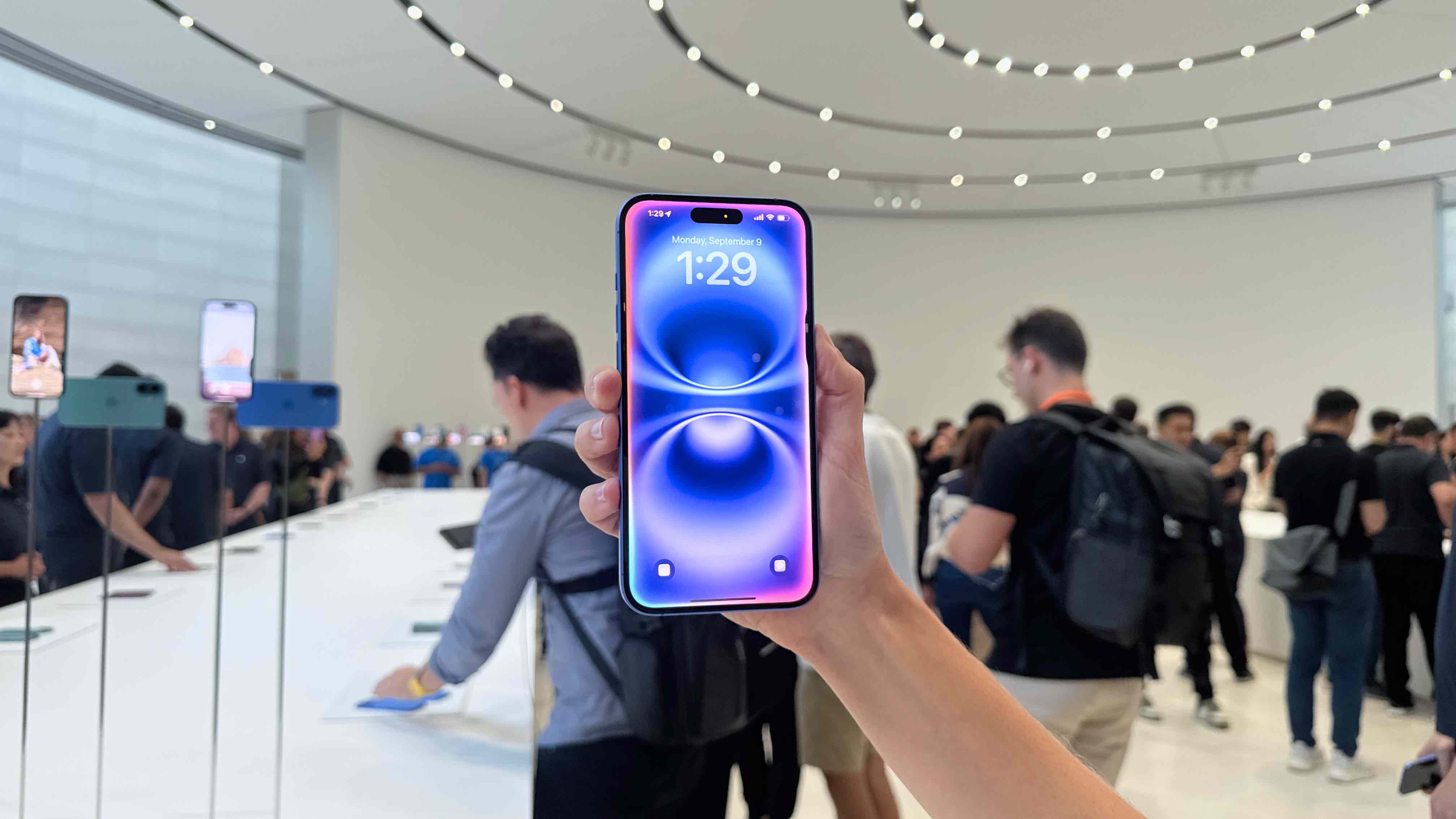I love coffee, but I also love my sleep, so after about 2pm I always switch to decaf to avoid being kept awake at night. It works well, but opting for decaf generally means you miss out on some of the more unusual flavors around – like the double-fermented passionfruit beans I got from my local coffee roaster recently, or Nespresso's white chocolate and strawberry coffee pods, which are an unlikely but delicious combination of flavors.
My Speciality Coffee Association (SCA) instructor calls it 'cheating coffee', but when it tastes this good, who cares?
Thankfully, just as alcohol-free beer is now mainstream and varied, we're starting to see roasters and manufacturers start to get more creative with decaf – and Nespresso's new Sweet Vanilla Decaffeinato pods are so comforting, they might just become my new favorite bedtime drink.

Coffee beans can have notes of vanilla by themselves, depending on the variety and the roast, and when extracted correctly (a tricky process to get right), coffee does have a natural sweetness. However, it's quite subtle, and if you want something more dessert-like, a coffee with added flavor is the way forward.
Decaffeinated coffee is made by removing the caffeine from green (unroasted ) coffee beans by dissolving it in water. There are a few different ways to achieve this, and Nespresso uses two different methods. The first involves simply soaking the beans in hot water to dissolve the caffeine (known as the Swiss water process). This process leaves behind no residue that could alter the taste and character of the coffee
The second method (the carbon dioxide process) is more efficient. Again, it involves soaking the beans in water to make them porous, but this time the soaked beans are placed in a pressurized container and exposed to CO2, which dissolves the caffeine.
Once caffeine has been extracted from the beans, it can be re-used to make high-caffeine drinks like Nespresso's energy-boosting functional coffees.

After loading a pod into my Nespresso Vertuo Pop (one of the best Nespresso machines around if you need something compact) and hitting the brew button, I was left with a cup full of creamy decaf coffee with a generous layer of foam.
It's delicious by itself, and the added flavor doesn't overpower the taste of the beans, but I enjoy a milky bedtime drink and vanilla typically works well with dairy, so I was keen to see how it would hold up as a white coffee.
The Sweet Vanilla Decaffeinato pods are mug-sized, meaning they'll fill a 230ml mug, but I still had room for a little caramel-flavored barista oat milk, or regular dairy milk. The flavors both combine very nicely, though regular milk would work best if you don't have a particularly sweet tooth.
Hopefully we'll see even more decaf options soon – cheating or otherwise.
from Latest from TechRadar US in News,opinion https://ift.tt/umjYPL0




